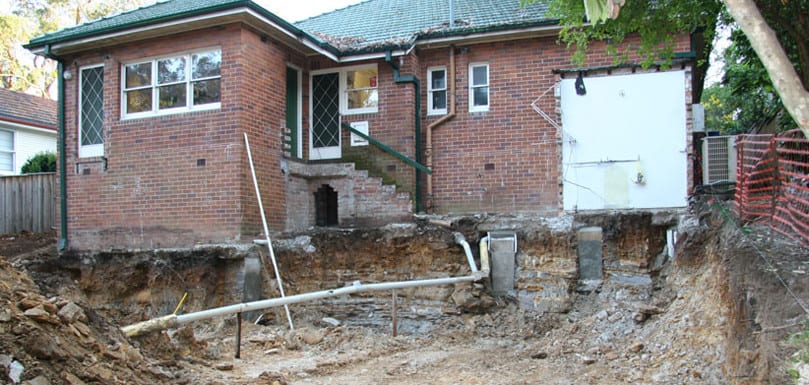Foundation Repair: What You Should Know About Slab Underpinning
Foundation systems that use slabs became more popular after the Second World War. Many war veterans needed reliable and affordable housing in suburban areas. Home builders and developers relied on shallow bearing foundations made of concrete to construct many homes.
Such foundations were affordable and would be built more quickly than foundation systems with basements. These slab systems haven’t changed much over the last five decades. The design concepts are basically similar and still popular and reliable today.
However, what should one do if the foundation fails? Which is the best repair technique? To answer these questions, it will be necessary to understand the principles of slab underpinning. Slab foundations work as single elements of a structure and they have uniform stiffness.
The foundations are set in a way that they uniformly resist any downward or upward movement as a result of soil pressure beneath the foundation or heavy loads above the foundation.
They are stiff and strong enough to resist material movement while still being flexible to ensure property is protected from excessive or unsafe planer tilting.
Repairing a compromised foundation requires a technique that can mirror its initial design concept. If the initial design is a single unit, the repair should also be a single one.
The remedial design has to stabilize the whole foundation so that it can always resist movement from the soil beneath or loads imposed on it. Here are some repair concepts.
Partial Piering: Repairing a Section of the Foundation
Stabilizing a section of the foundation limits the movement of a structure in just a specific area. This allows the unrestrained section to continue moving freely.
The unrestrained section transfers its stress and focuses it on the section between the movable slab and the restrained slab. The transferred stress may cause other damages to the concrete foundation and this will lead to re-occurrence of structural failure.
Full Piering- Repairing the Foundation Fully
Whether the foundation is fixed or not, it is designed as a complete single structure. When designing the foundation, its entire strength, deflection, and shear are evaluated. Hence, when repairing the slab, why not repair it as a whole rather than part of it?
Slab design principles allow an entire foundation to respond to any movement of the soil uniformly. This minimizes the overall impact of the soil movement on the house materials such as sheet rock and bricks. This protects the house and the slab from structural or cosmetic damage.
Full piering is a durable, time tested and reliable method of uniformly stabilizing a foundation. It involves an underpinning technique where concrete piers with steel reinforcement, also known as span underpins, are placed below the foundation to depths of at least 8ft to offer maximum support.
Rather than being stack on each other like the typical multiple segmented piles, these underpins are poured into position and reinforced with steel. They are placed in deep and stable soils.
They offer a stable surface for a damaged foundation as they limit its horizontal or vertical movement. A quality foundation would require 30 to 40 concrete underpins that are drilled to around 10 to 15ft deep.
If your engineer recommends underpinning using drilled reinforced concrete underpins to repair your foundation, then you should consider them despite being expensive. Although there are other inexpensive methods such as segmented pilings, soil stabilization, mud jacking, and partial piering, they may ultimately cost you more.
Learn more about our foundation repair services in Melbourne.



